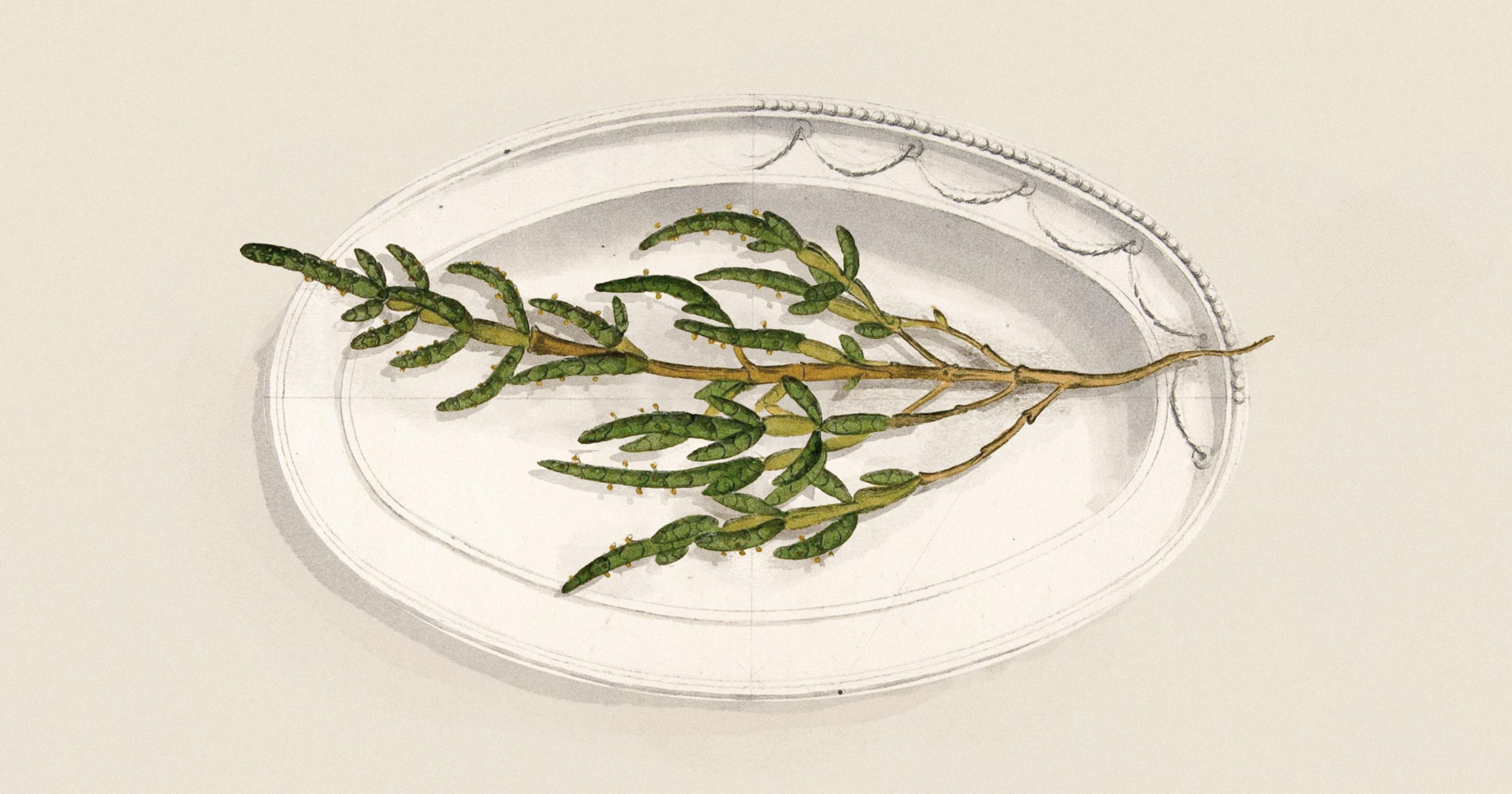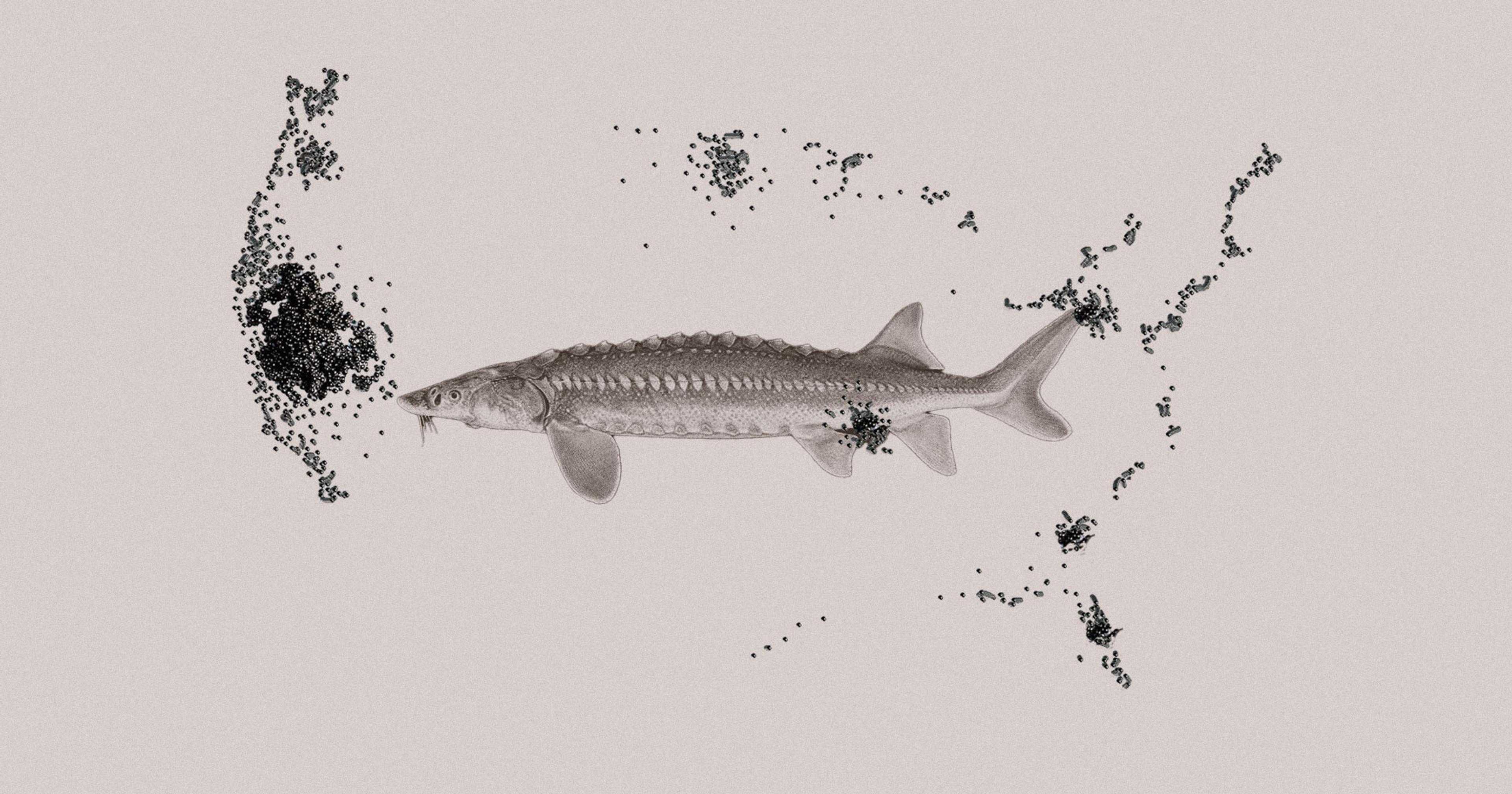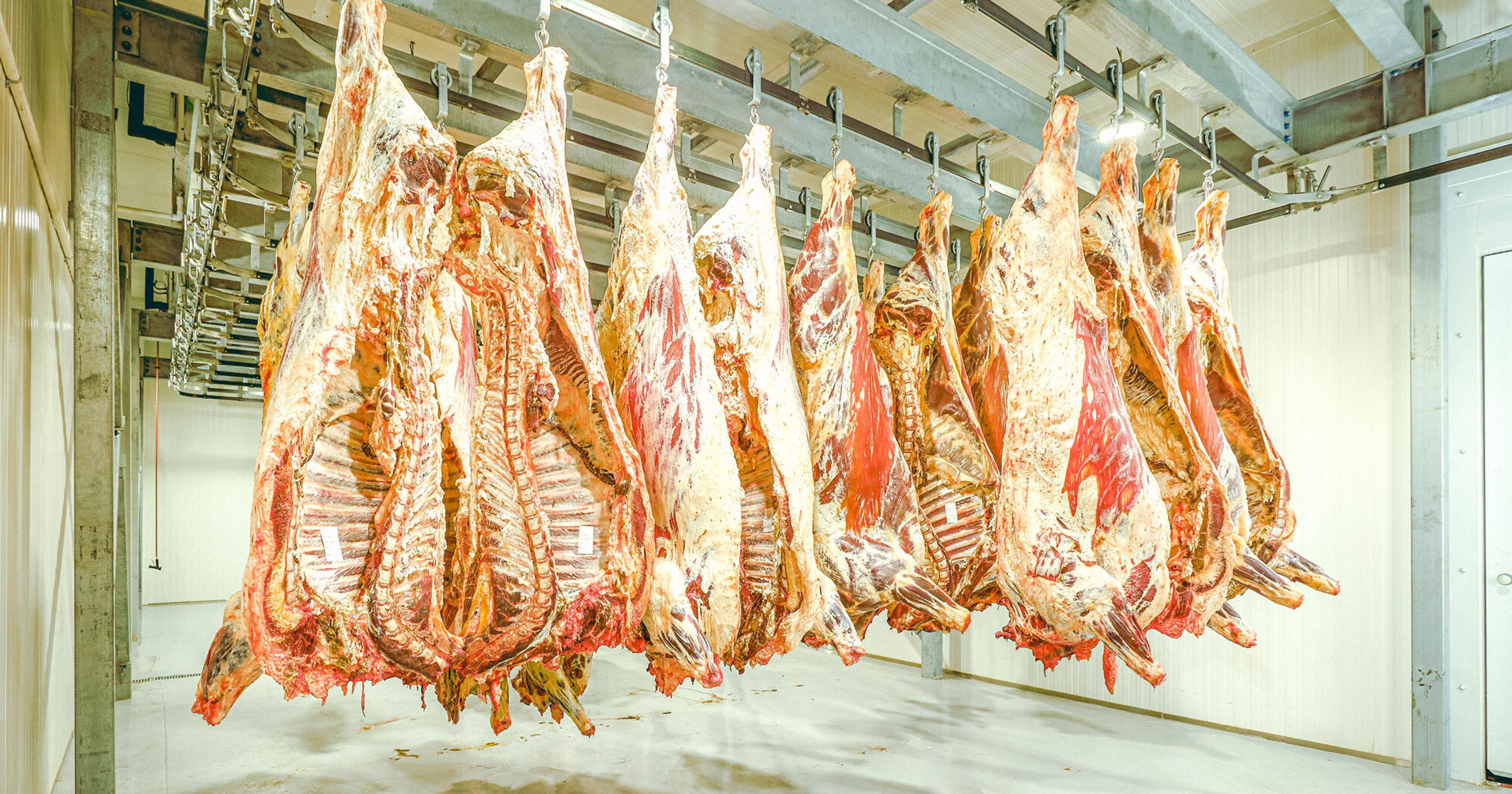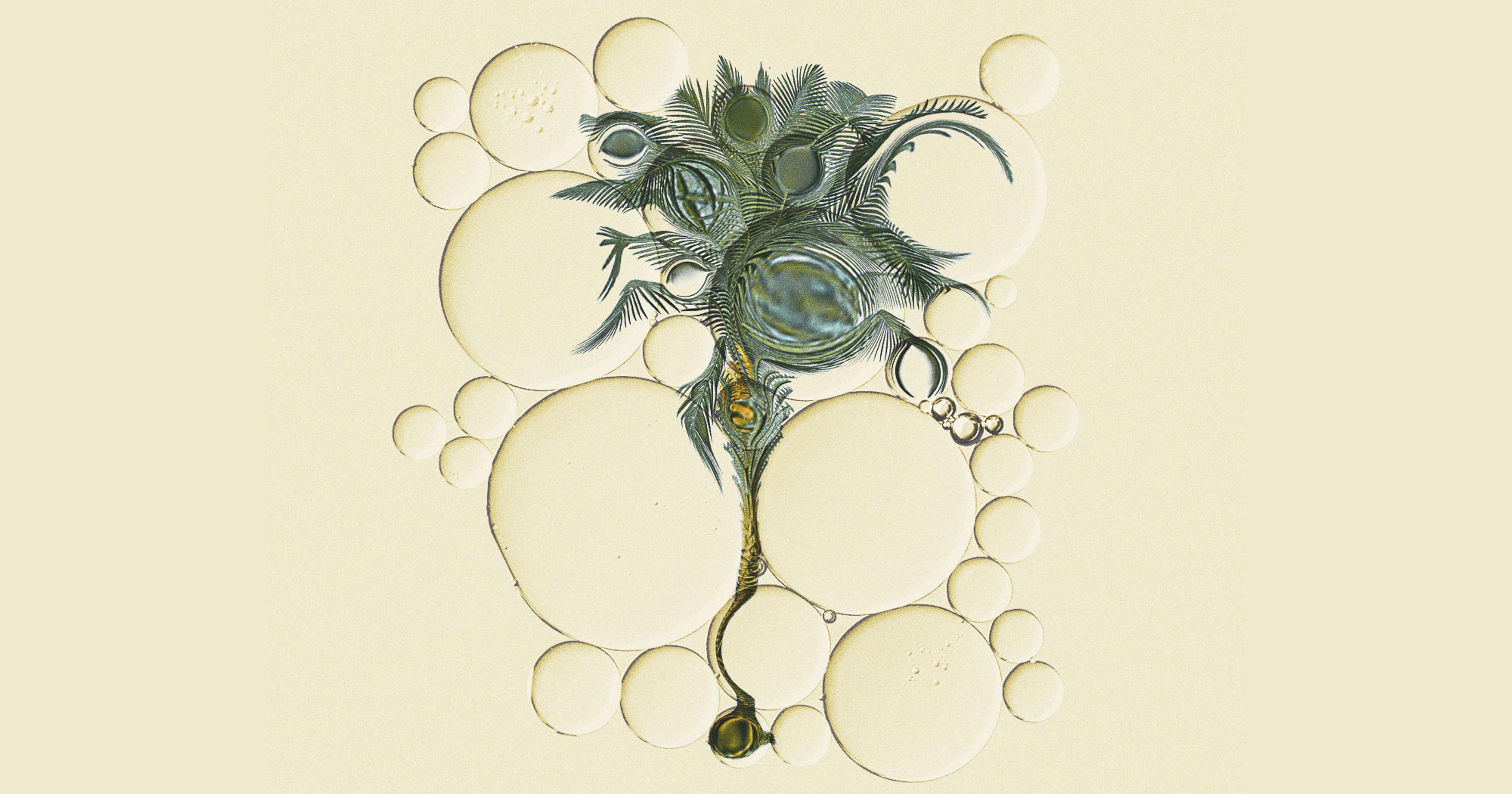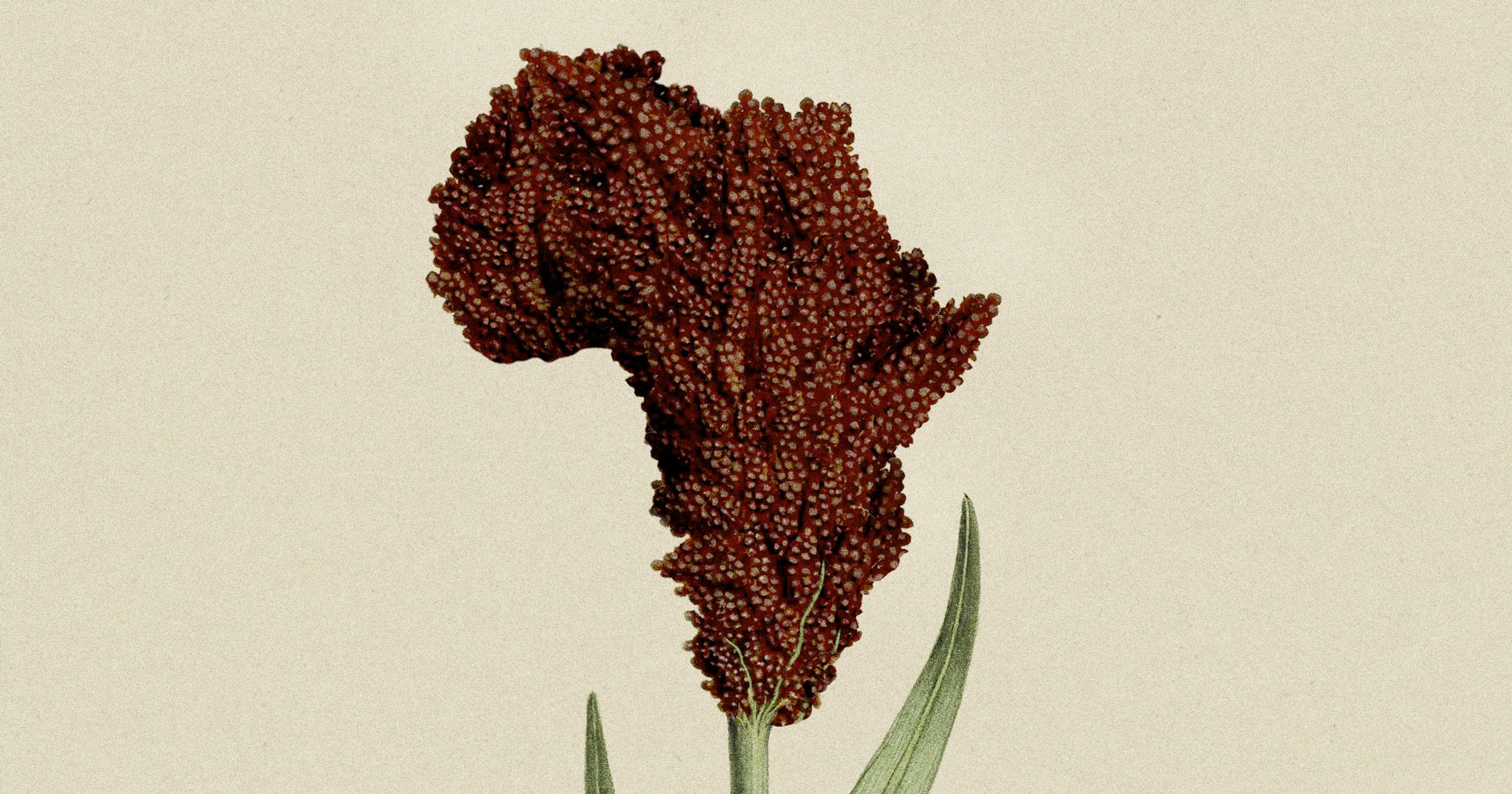Scientists rave about salt-water-loving vegetables, but they have struggled to gain a foothold in U.S. supermarkets. Could labels on freshwater-free produce help secure their future?
Industry insiders are making a big bet on a rather unusual plant—a spindly, bright green succulent that thrives in saltwater. The wager? Ramping up its production could put a new superfood on grocery shelves, while helping address a soil crisis that’s decimating the livelihoods of farmers from Bangladesh to the U.S. eastern seaboard.
You may already be familiar with salicornia, also known by at least half a dozen other names, including pickleweed, sea beans, and sea asparagus. It belongs to a group of salt-tolerant plants called halophytes, which grow in saline marshes, swamps, seashores, and even semi-desert climates.
Recently, interest in halophytes has grown as scientists and environmentalists raise the alarm about increasing soil salinity. The salt content in soil has risen as a result of climate change-driven sea level rise and droughts, as well as human interventions, such as deforestation and seawater irrigation. It’s already affecting American farmers—more than 10,000 acres of farmland in Maryland and Virginia have been abandoned due to saltwater intrusion, while in California’s Central Valley, an estimated quarter of a million acres have gone out of production due to salt accumulation from saltwater irrigation, and another 1.5 million acres are designated salt-impaired.
Salicornia can be used to remediate soil in areas like these – it helps absorb run-off from fertilizers or urban waste before it reaches waterways. “The plants will pick up the salt out of the soil, and they can also be used to help pick up nutrients along the shoreline to help improve the coastal waters,” explained Megan Davis, research professor at the Harbor Branch Oceanographic Institute at Florida Atlantic University (FAU). Davis studies “sea vegetables,” including salicornia and other halophytes, and operates a marine Integrated Multi-Trophic Aquaculture (IMTA) system as director of FAU’s Queen Conch Lab. “The plants can actually utilize those nutrients and grow a crop,” she said.
That crop has yet to gain a foothold in the U.S. market. Still, scientists, environmentalists, and start-up founders in Asia, Europe, and North America are betting that salicornia has a bright future on restaurant menus and supermarket shelves. Similar products, including kelp, seaweed, and spirulina, have grown popular in the last decade. Last year, Innova Market Insights named ocean-derived ingredients, including things like fish oil and sea vegetables, a top consumer trend.
“There’s an amazing opportunity for farmers to get involved with working with the halophyte plants, salicornia being probably the most popular known species,” said Davis. Salicornia is an annual crop, but it can be harvested multiple times from a single planting and produces its own seeds. It can be grown in greenhouses year-round or outdoors and harvested in the spring. According to Davis, the plant is not prone to disease and has no known pests (most critters find its saltiness off-putting).
Salicornia tastes, as one might expect, like salt—with a hint of lemon and a pleasant crunch. Davis said she most enjoys the vegetable blanched as a side dish, pickled as a garnish, or chopped raw and tossed into a cold quinoa salad. Besides its approachable flavor profile, the plant is packed with vitamins, minerals, and antioxidants. It’s often labeled a superfood.
Salicornia tastes, as one might expect, like salt—with a hint of lemon and a pleasant crunch.
But while salicornia has potential as a foodstuff and is already growing popular in parts of Europe, it has yet to gain a foothold in U.S. supermarkets. Perhaps no one knows more about the challenges of selling salicornia to American consumers than Sam Norton, founder and former CEO of Heron Farms, a Charleston, South Carolina-based saltwater hydroponic farm start-up. Of marketing the product, which Heron Farms sold under the name sea beans, Norton said, “It’s not something like tomatoes where you can say, ‘Here’s the total addressable market and et cetera, et cetera.’ No one knows what the market is for such an obscure group of plants.”
Investors at Heron Farms appointed a new CEO in June 2023 and, according to Norton, began winding down operations and looking for a buyer for the company’s patent on a method of extracting salt from plants. Heron Farms did not respond to requests for comment, and its website appears to have expired as of March 2025.
Turning salicornia into a salt substitute is what Norton calls a “traditional MBA angle” to utilizing the crop. “People typically say, ‘Well, what’s the market for salt, and can we replace part of that market with a plant-based salt?’” Companies, including Texas Salt Co. and Green Salt, already offer salicornia-based salt substitutes in the U.S.
“But what we were doing is saying, ‘Let’s think of it as a new crop and not try to compete with commodities. Let’s just try to drum up some interest for it,’” explained Norton. That worked for a while. At its peak before the new CEO was appointed, Heron Farms was selling as many as 15,000 units of fresh salicornia per week across 40 states.
A real breakthrough, though, is going to require more than one punchy start-up. Norton believes the solution can be borrowed from the success of organic and non-GMO food labeling initiatives, which helped create sub-industries and carve out market shares for those groups of products. Recently, climate change-related food labels, which tell shoppers about the carbon footprints or recyclability of items in their carts, have also cropped up in supermarkets. These labels drive demand among a growing majority of consumers who want to make climate-conscious decisions.
Salicornia’s claim to fame among this same group of consumers could be that the crop can be grown using no fresh water in a world where fresh water is becoming increasingly scarce. “With halophytes, you can use seawater to grow basically a whole new industry that’s freshwater-free,” said Norton. “Not only are there all these products that could be developed from halophytes, but there’s also the question of how many consumer products can be grown without using any fresh water.”
The crop can be grown using no fresh water in a world where fresh water is becoming increasingly scarce.
Across the Atlantic, Europeans are already embracing salicornia. Dutch farmer Hubrecht Janse was the first on the continent to grow the crop, beginning in 2006. Later, he branched out into other sea vegetables on his outdoor sea marsh farm, Zeeuws Zilt, and helped develop a mechanical harvesting system to facilitate commercial production. In 2023, in eastern Germany, a regional produce company, Bördegarten, bought Salifaktur, the nation’s first salicornia start-up, and moved its production into the company’s greenhouses. Bördegarten harvested a whopping 400 kilograms, about 880 pounds, of salicornia per week from a 1,600-meter-square plot in its first year. It supplies hotels, catering businesses, supermarkets, and restaurants.
Davis said she believes American consumers will also develop an appetite for the salt-loving crop. “It’s just a matter of time and good marketing.”

